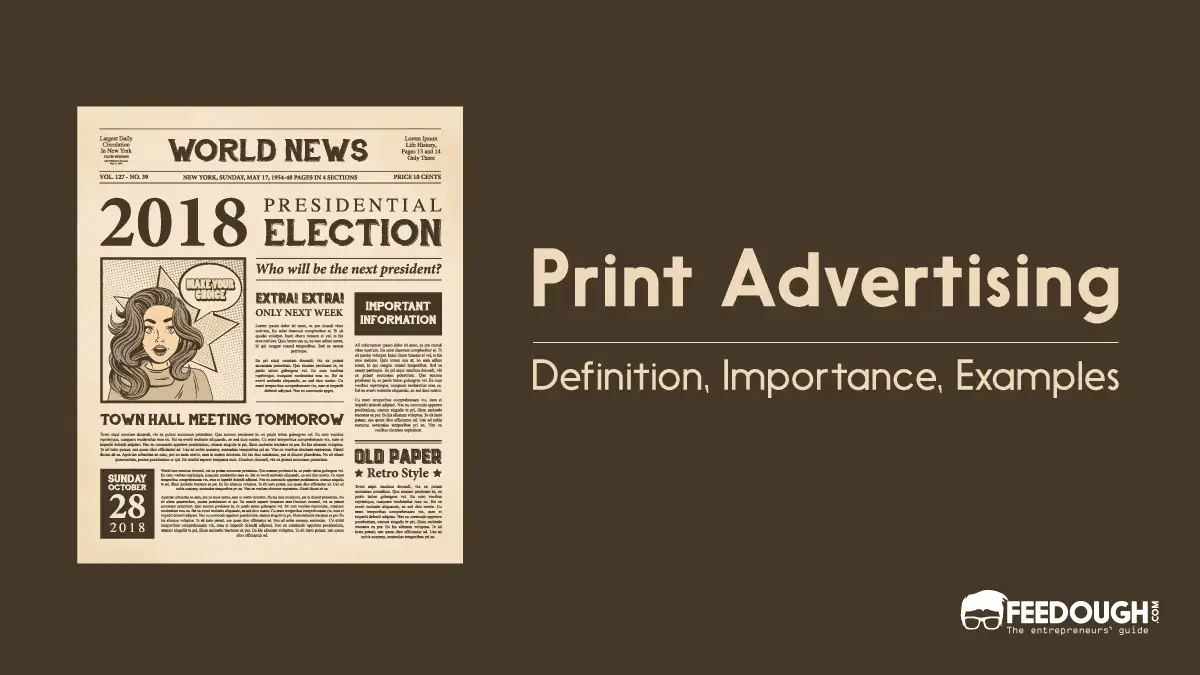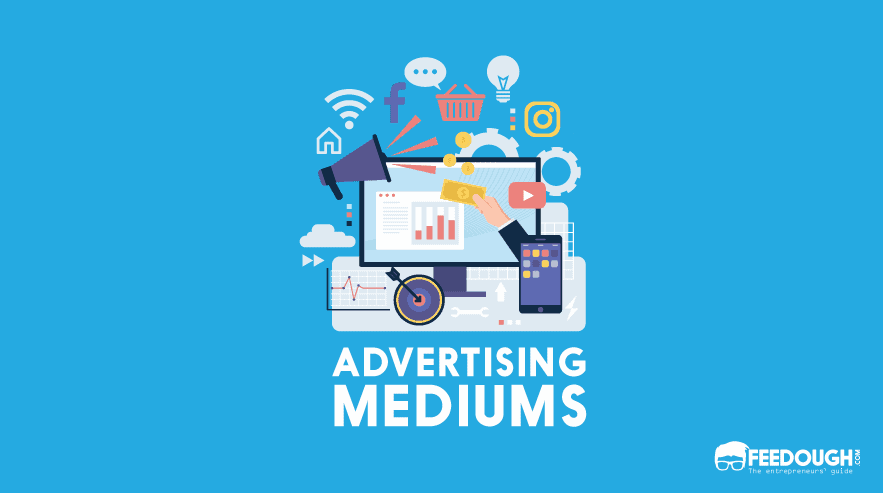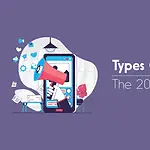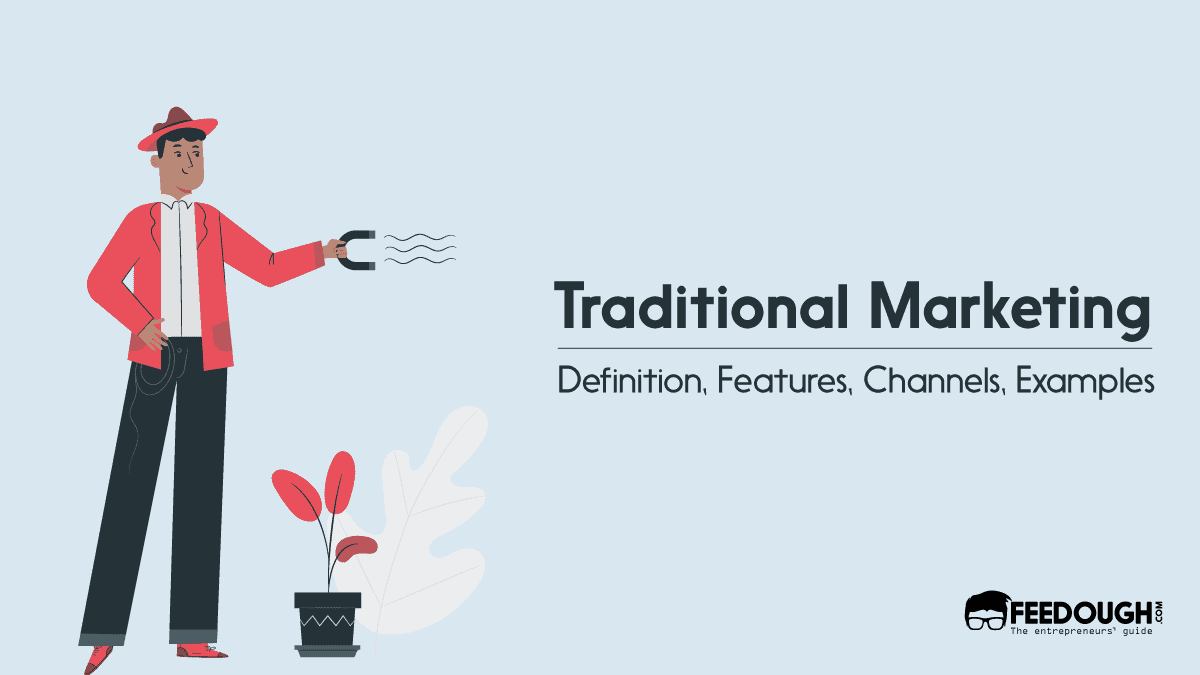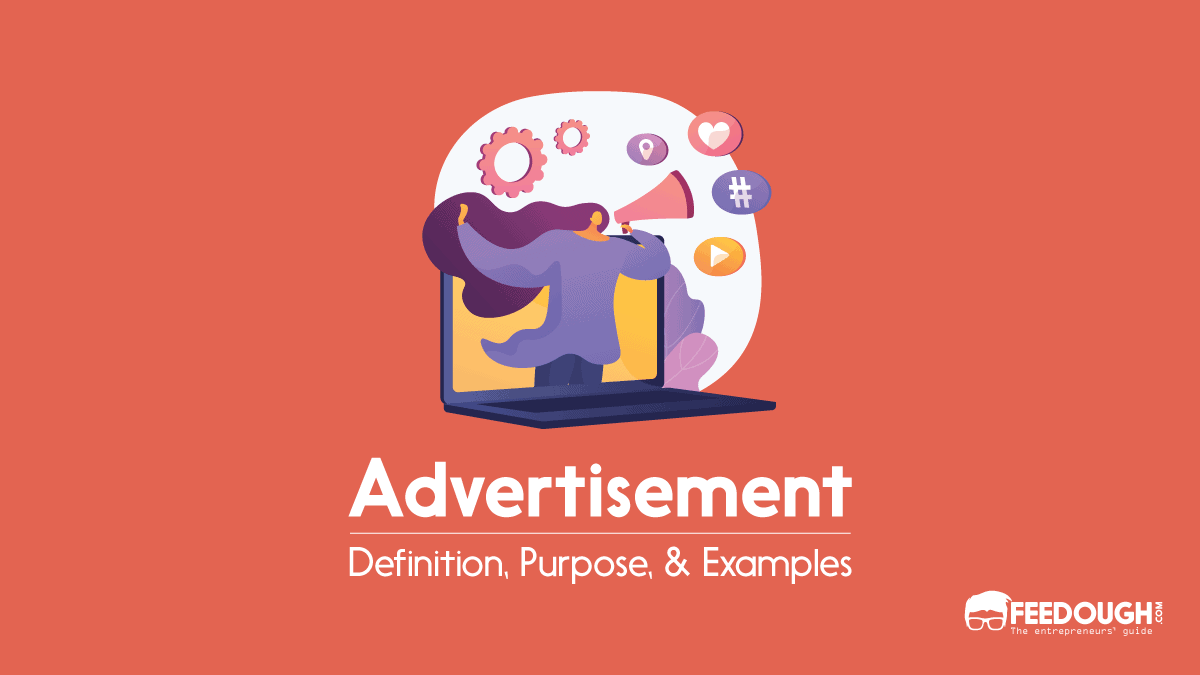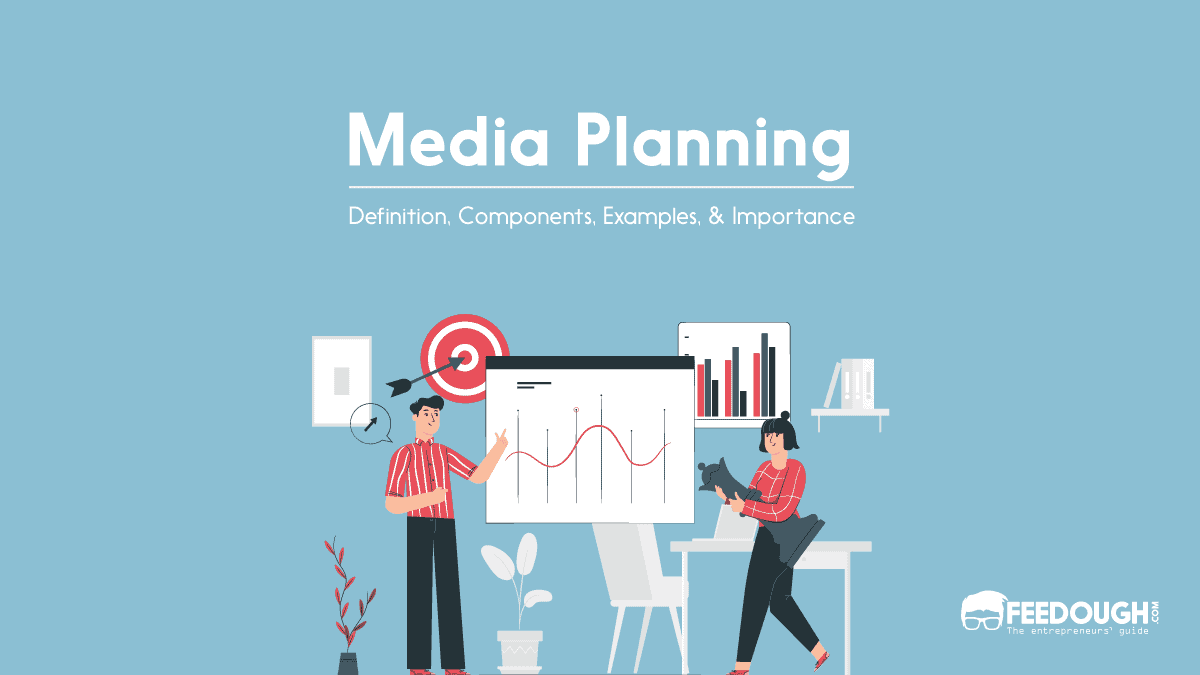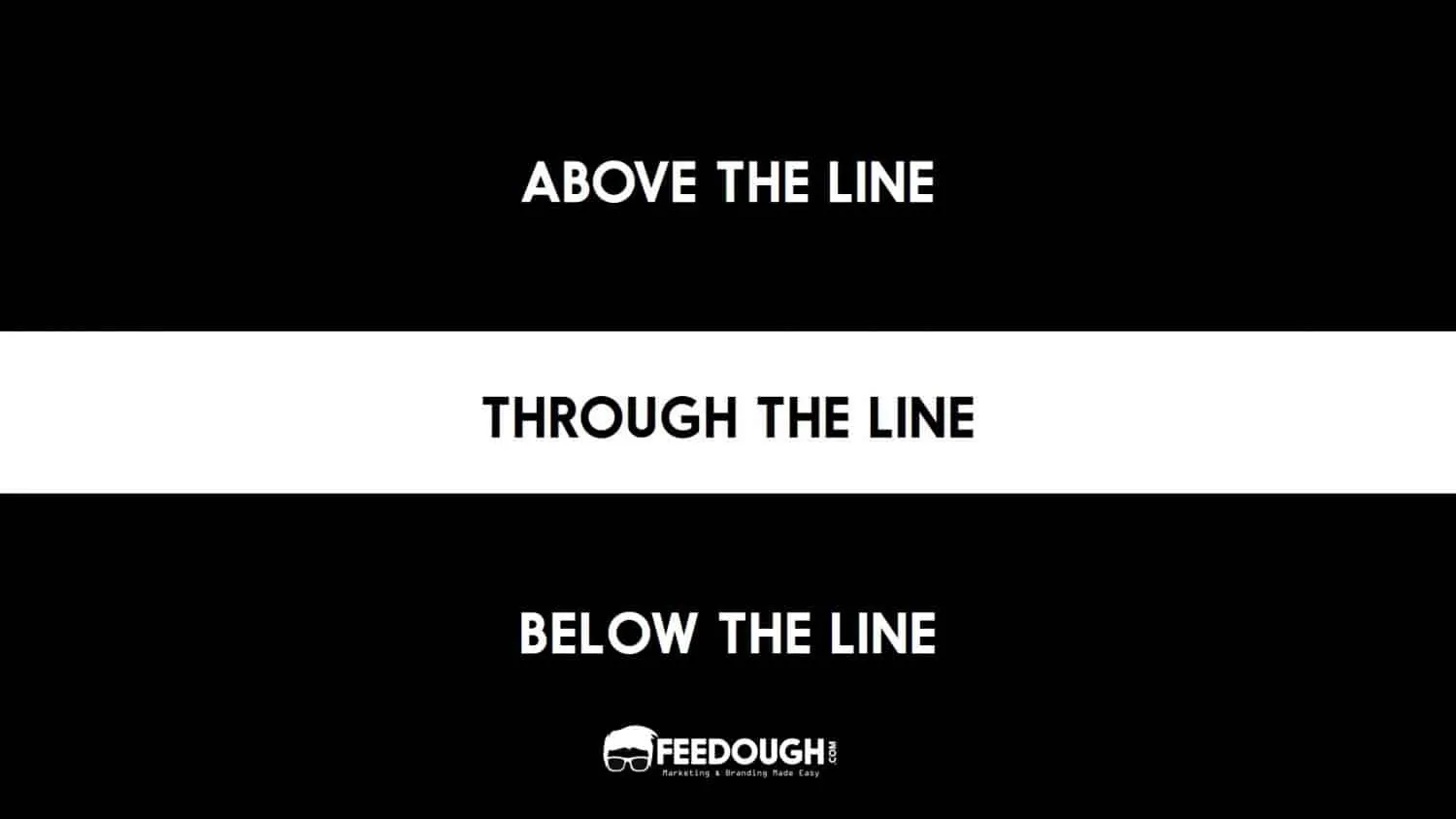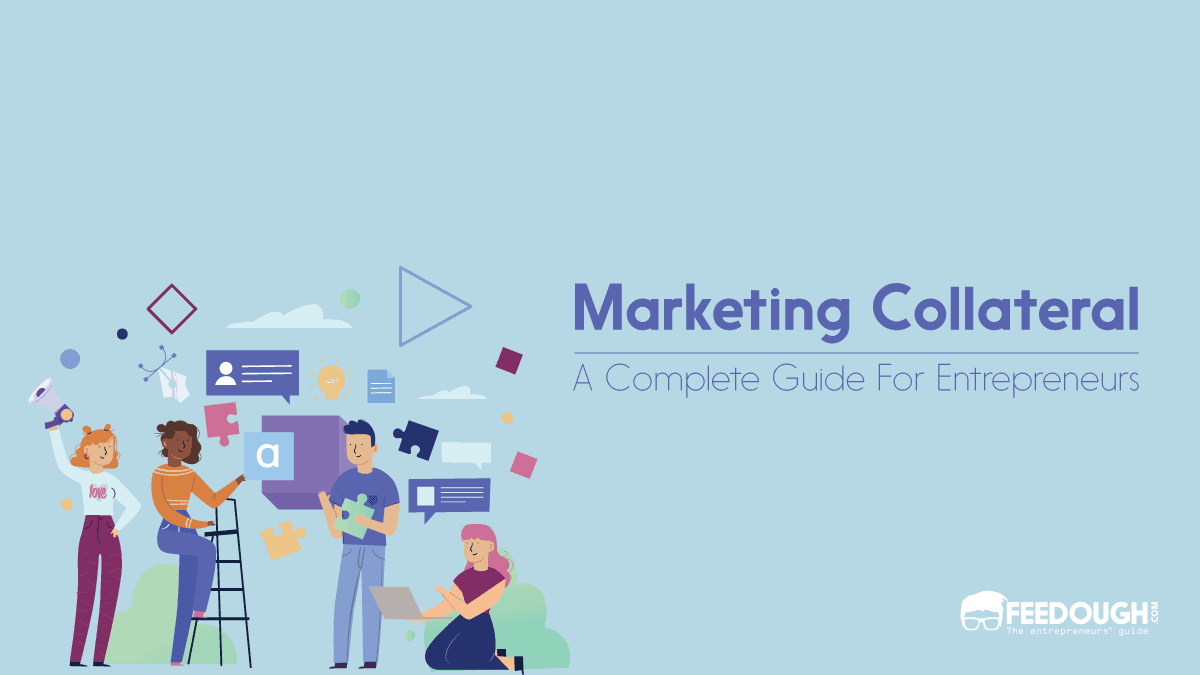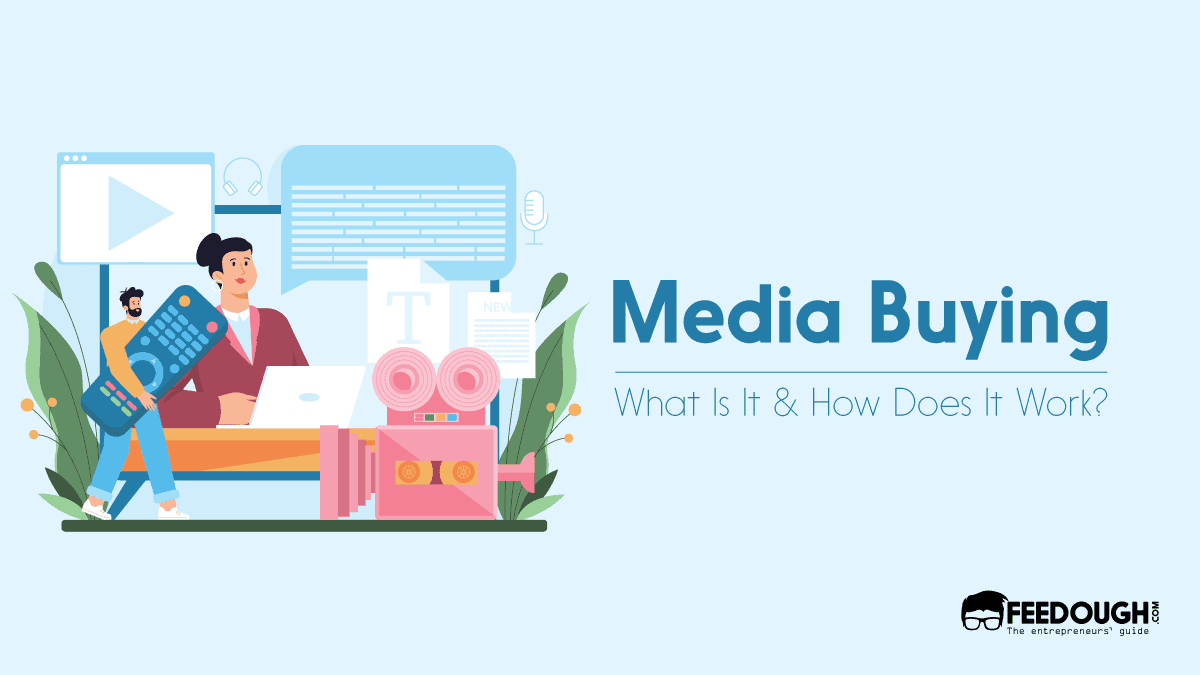Newspapers, magazines, flyers, and other printed materials have been in existence for centuries, and they are not going anywhere anytime soon. Even in the digital age, print media is still an important and effective way to convey information to people.
But it’s not just information, news, and stories that are printed on paper. Advertisers have long used print media to reach their target audiences and promote their products or services. This is where the term print advertising comes from.
What Is Print Advertising?
Print advertising refers to the use of printed media like newspapers, magazines, journals, etc., to convey a sponsored message or pitch as an offering to the reader.
It’s one of the oldest and most common forms of advertising that captures people’s attention while they are reading their favourite publications.
While print advertising might seem like a thing of the past in the digital age, it’s still an effective way to reach people, especially when it comes to certain demographics like older generations.
In fact, 70% of households with an income above $100,000 are newspaper readers. It also has a higher brand recall than the digital form of advertising.
And surprisingly, 92% of 18-to-23-year-olds find it easier to read print over digital content.
This makes print advertising an essential tool for every brand and business, whether they want to market to baby boomers or millennials.
How Print Advertising Works
Print advertising is a form of outbound marketing where businesses create adverts and place them in printed publications like newspapers, magazines, and journals.
The advert can be in the form of a text-based article, an image, or a mix of both. The goal is to capture readers’ attention so they can learn more about the brand and what it has to offer.
Businesses can also use print advertising to drive people to their website or online store. They can do this by including a call-to-action (CTA) in their advert, such as “Visit our website for more information.”
But whatever the goal may be, every print advertising constitutes four important elements.
Elements of Print Advertising
Every print advert has four essential elements:
- Headline: The headline is the most important part of the advert because it’s what will first capture the attention of readers. It needs to be clear, direct, and engaging enough to make people want to read more.
- Body: The body is the copy of the advert that elaborates on the headline. It’s where businesses can include more information about their offering. It needs to be well-written, persuasive, and not too long. Otherwise, people will lose interest and move on to the next thing.
- Images: An image is worth a thousand words, and this is especially true in advertising. The right image can help businesses convey their message more effectively. It also makes the advert more visually appealing and easier to remember.
- Call-To-Action (CTA): The CTA is a statement that tells readers what they need to do next, such as “Visit our website for more information.” It needs to be clear and direct so people will know exactly what to do.
Characteristics Of Print Advertising
Print advertising has several characteristics that make it an effective marketing tool.
- Targeted: One of the advantages of print advertising is that businesses can target a niche-based audience with good precision. They can do this by placing their advert in a publication that their target market is known to read. For example, if a business wants to target working mothers, they can place their advert in a parenting magazine.
- Attention-grabbing: A good print ad is attention-grabbing. It has a catchy headline and an appealing image that makes people want to read more.
- Flexible: Print advertising is also flexible because businesses can choose their advert’s size, placement, and frequency. They can also include a CTA that drives people to their website or online store.
- Backed by objective: Good print advertising is always backed by a purpose. This could be to increase brand awareness, drive store footfall, or generate sales. Having a clear objective helps businesses create an advert that is more effective and easier to measure.
- Tangible: Print advertising is a tangible form of marketing, which means people can hold it in their hands. This makes it more memorable and trustworthy than other forms of outbound marketing like television commercials or online banner ads. Moreover, brands do even experiment with tangibility by adding fragrance, texture or even sound to their print ads.
- Focused On Literate Audience: The people who read newspapers and magazines are typically more literate as it requires effort to read. This also means they’re more likely to understand and remember the information in a print advert than someone who sees a fleeting image on television or online.
Types of Print Advertising
Print advertisements come in different types, and businesses can choose which one would work best for them and their goals.
Here are some of the most common types of print advertising based on the print medium used:
- Newspaper Advertising: These ads appear in the form of text or images on the pages of local, community, or national newspapers. They are usually small in size and can be placed anywhere on the page. However, some ads are larger and placed on a specific section of the paper, like the newspaper jacket ads. Businesses prefer newspaper advertising because of its wide reach and low cost.
- Magazine Advertising: These ads appear in the form of text, images, or both on the pages of regional or national magazines. These are often niche-specific based on the target audience of the magazine. For example, a business selling baby products will likely advertise in a parenting magazine.
- Directory Advertising: These include listings in a print directory, such as the Yellow Pages. The listing usually includes the name, address, and contact details of the business. It’s a good way to reach people who are specifically looking for a particular product or service.
- Brochures: Brochures are a type of print marketing material that businesses can use to promote their products or services. They usually come in a bi-fold or tri-fold format and contain information about the business, such as its products, and services, offers, and address. Brochures are often distributed in public places or through the mail.
- Mailers: Mailers are direct mail marketing pieces that businesses send to people’s homes or offices. They usually contain promotional materials, such as coupons, discounts, and offers.
- Loose inserts: Loose inserts are small print ads that businesses include in magazines or newspapers. They are usually about the A4 size and can be placed anywhere in the publication.
- In-store advertising: In-store advertising is any form of print marketing material that businesses use to promote their products or services inside a physical store. This can include posters, banners, standees, and shelf Talkers.
According to the type of ad, print advertising can be categorised into:
- Classified Advertising: These ads are usually short, text-based, and placed under a specific category in a newspaper or magazine. They are relatively cheaper than other ads but don’t have much space to include detailed information.
- Display Advertising: These are larger ads that come in the form of text, images, or both. They can be placed anywhere in a newspaper or magazine, and businesses can choose their preferred size and placement. Display ads are more expensive than classified ads but are more effective in terms of reach and visibility.
- Advertorial: Advertorials are paid articles that look like editorial content but are actually ads. They usually contain information about the business, such as its products and services. Advertorials are a good way to improve the visibility of a business and build trust with potential customers.
The Importance Of Print Advertising
Even in this digital age, print advertising is still an important marketing tool for businesses. Here are some of the reasons why:
- Print ads reach areas that other marketing channels don’t: There are some people who don’t use the internet or social media. Print ads allow businesses to reach these people and promote their products or services.
- Print ads are perfect for local businesses: Local businesses can use print ads to target people in their area. This is a great way to increase brand awareness and build trust with potential customers. Moreover, print ads are usually cheaper than other marketing channels, such as television or radio.
- They reach multiple generations: Print ads can reach people of all ages, from baby boomers to millennials. This is important for businesses that want to target multiple generations with their marketing campaigns.
- The messaging can be controlled: Businesses have complete control over the content of their print ads. They can choose what information to include and how to present it.
Advantages Of Print Advertising
Print advertising is one of the oldest and most traditional forms of advertising which can be effective in reaching a wide audience. Print advertising can be used to promote both consumer and industrial products.
This form of advertising is really important as:
- It is highly informative: Print advertising provides a lot of information about products and services, which can be very helpful for potential customers. This is often more than any other form of advertising, such as television or radio.
- It is less intrusive: Print advertising is less intrusive than other forms of advertising, such as pop-ups and banner ads. People can choose whether or not they want to read an advertisement, and they can do so at their own pace.
- It is trustworthy: Print ads are often seen as more trustworthy than other forms of advertising, such as online ads. This is because they get their credibility from the publication they appear in.
- It is targetable: Print ads can be targetted to specific audiences, such as those who read certain magazines or newspapers. This means that businesses can be sure that their target audience will see their ad.
- It’s cost-effective: Print ads are cost-effective, especially when compared to other forms of advertising, such as television or radio. This is because businesses only have to pay for the ad space and not for the time it is on air.
- It has a longer shelf life: Print ads have a longer shelf life than other forms of advertising, such as online ads. This is because mediums like magazines and newspapers can be saved and referred to at a later time.
- It offers high engagement: Newspapers and magazines involve conscious decisions to read, which leads to higher engagement with the ads as readers are already in reading mode.
- It has a high recall value: Print ads have a high recall value as they are often seen and read multiple times.
Disadvantages Of Print Advertising
Print advertising has a number of advantages, which is why it is still used by many businesses today. However, some disadvantages should be considered. These are:
- It is hard to measure: One of the main disadvantages of print advertising is that it is hard to measure. This means that businesses may not be able to tell how effective their ad was in terms of sales or leads generated.
- It is expensive: Print advertising can be quite expensive, especially if businesses want to place their ad in a popular magazine or newspaper.
- It has a limited reach: Print advertising only has a limited reach, as it can only be seen by people who read the specific publication. This is in contrast to online advertising, which can be seen by anyone with an internet connection.
- It is not interactive: Such ads are also not interactive, which means that businesses cannot get feedback from potential customers in real-time.
- It is not flexible: Print ads are not flexible, which means that businesses cannot make changes to their ad once it has been published.
- It leads to paper waste: Any form of print advertising leads to paper waste, which is bad for the environment.
- Isn’t a viable option for a global audience: Print ads are not viable for businesses that want to reach a global audience.
Print Advertising Examples
Print ads are still used by many businesses today, especially those in traditional industries. Here are some examples of the best print ads till date:
Keloptic: Turning Impressionism Into Hyperrealism
Keloptic is an optical company that produces glasses and lenses. The company’s print ad gives an amusing touch to the famous artworks that look totally different when you’re wearing glasses.


Nivea Men: Because Life Makes Wrinkles
Nivea is the leader in the skincare industry, especially men. The brand, to launch its new anti-wrinkle product for men, developed some really engaging creatives that played off the daily stressors of a men’s life – rambunctious children, automotive repairs, home buying, etc.


McDonald’s: Open All Night
McDonald’s is known for having its stores open 24*7 every day and often releases its print ads with the copy “Open All Night”.



The Future Of Print Advertising
Although print advertising is still a popular form of advertising, it has been declining for the past decade. This is because of the rise of digital media, which has made it easier and more cost-effective for businesses to reach their target audiences.
Digital advertising is expected to continue to grow in popularity at the cost of print ads.
However, this doesn’t mean that print advertising will disappear completely. There are still many businesses that find it to be an effective way to reach their target audiences.
This is especially true for businesses that advertise in niche markets or sell products that require high engagement, such as luxury goods.
Even today, 61% of people trust newspapers over online ads.
So, it is safe to say that print advertising will continue to be a part of the advertising landscape for the foreseeable future.
Go On, Tell Us What You Think!
Did we miss something? Come on! Tell us what you think about our article on print advertising in the comments section.
A startup consultant, digital marketer, traveller, and philomath. Aashish has worked with over 20 startups and successfully helped them ideate, raise money, and succeed. When not working, he can be found hiking, camping, and stargazing.
